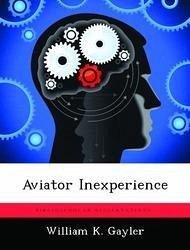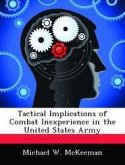This study is an analysis of the adequacy of the current aviation training doctrine. Over the last ten years, aviator experience levels have decreased. This erosion of experience has an enormous impact on aviation unit readiness and the readiness of the United States Army. The study is supported by an overview of the perceived inexperience. It quantifies this lack of experience with statistics and facts that, in fact, identify an actual inexperience problem. This thesis analyzes the current Aircrew Training Program to determine if the Aircrew Training Program adequately applies the principles of training found in Field Manual (FM) 25-101. This thesis draws several conclusions. First, a disconnect exists between the Aircrew Training Program and the principles of training outlined in FM 25-101. Second, the Combined Arms Training Strategy lacks "teeth." The document fails to provide regulatory guidance to the field; therefore, much of the necessary training is not performed. Third, current simulation devices do not adequately train aviators to the needed fidelity necessary to maintain aviator proficiency. Aviation training is hard, but it must be done. The Army cannot afford to sacrifice standards. The cost of failure is too great. Aviators must be ready when called upon.
Hinweis: Dieser Artikel kann nur an eine deutsche Lieferadresse ausgeliefert werden.
Hinweis: Dieser Artikel kann nur an eine deutsche Lieferadresse ausgeliefert werden.








